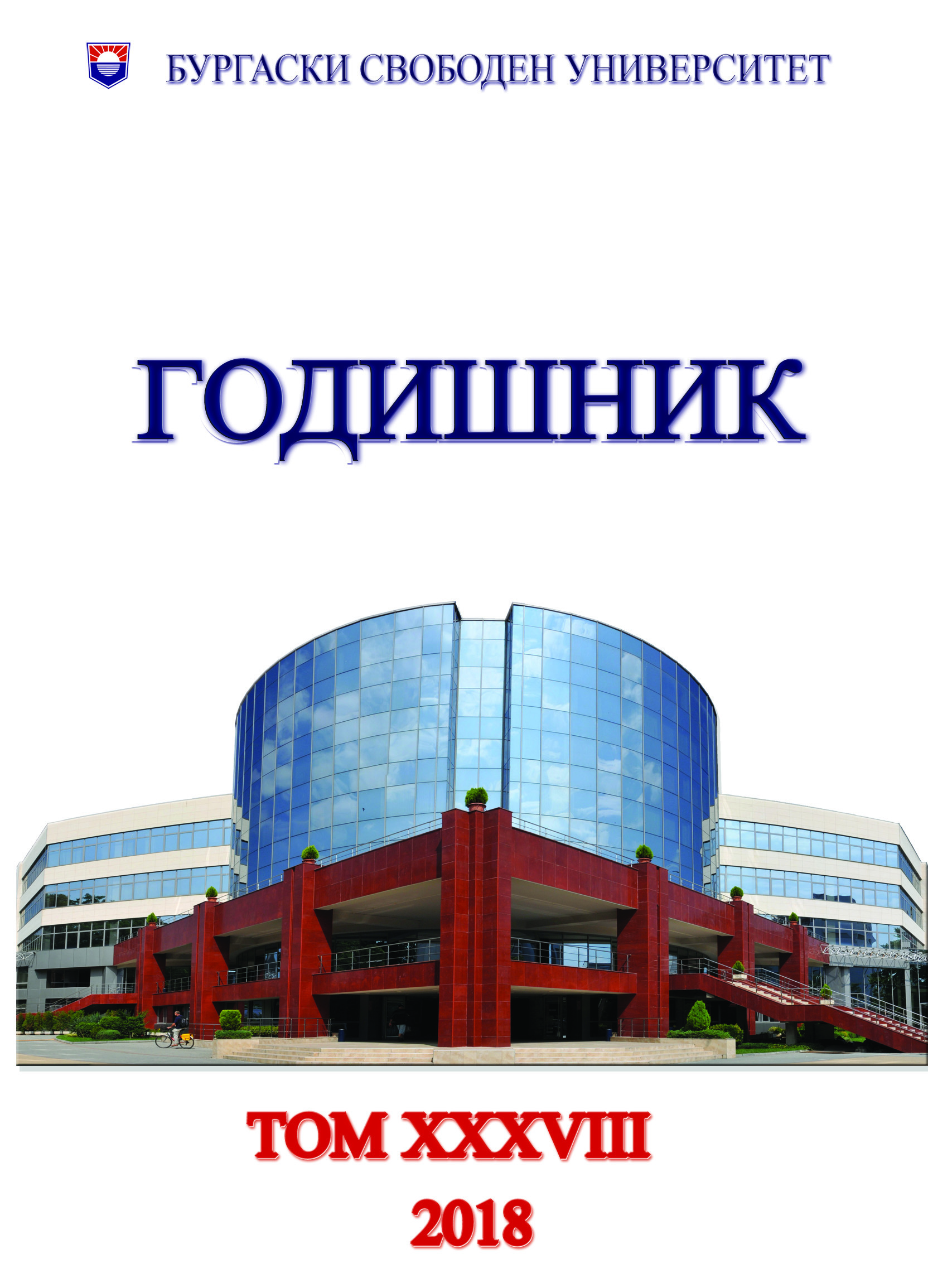APPLIED ASPECTS OF OPTIMIZATION OF INVESTMENT PORTFOLIOS OF UNIT INVESTMENT FUNDS
APPLIED ASPECTS OF OPTIMIZATION OF INVESTMENT PORTFOLIOS OF UNIT INVESTMENT FUNDS
Author(s): Sava Hristov Dimov, N.M Rebelsky, V.V. SmirnovSubject(s): Economy, Business Economy / Management
Published by: Бургаски свободен университет
Keywords: regression; profitability; risk; investment fund; assets; management; investment share; optimization
Summary/Abstract: Mutual investment fund „Sberbank Asset management“ according to the rating of Mutual Funds on profitability takes a leading position. Under the management of this company there are four funds: the fund, shares, the MICEX index, and fund „Russian oil“. Funds are managed in accordance with the requirements of Russian legislation to investment funds, the composition and structure of their assets and other requirements. At the same time, the current Russian legislation in the field of investment funds often does not take into account the problems of risk management when forming optimal portfolios in terms of the acceptable ratio of profitability and risk, which leads to lost profits or financial losses of the shareholders of such funds. For the optimal portfolio, you can use the methods of regression analysis and linear programming. In the first case, the study examined the dependence of the variables X and Y, for which the estimated and estimated value of the investment share was taken. In the second case, the investment portfolio was optimized in order to reduce its risk level at a given level of expected returns on two parameters: covariance and diversification of its financial assets using elements of linear programming. Based on the results of the regression analysis, regression equations were obtained for the projected and estimated value of the unit in relation to the retrospective data of four funds:„Balanced“, „Shares“, „Russian Oil“ and „MICEX Index“. This allowed us to calculate the share of each fund in the portfolio, the profitability and risk of the portfolio, using EXCEL. At the same time, the forecast value for 5 years ahead was considered as the value of profitability, and the standard deviation of the yields of assets as a risk. The results of the calculations were as follows: the non-optimization portfolio received has a return of 55.39% per annum with a risk level of 4.83%. The portfolio can be optimized using linear programming methods. The Markovets model was used as an optimizing one, using the built-in Lagrange function. The results of calculations showed that the level decreases 55,39-49,44 = 5,95% and the level of risk is reduced by 4,83-3,17 = 1,66%. The received result of calculations can be considered, as quite satisfactory, as the general level of risk on a portfolio has decreased.
Journal: Годишник на Бургаски свободен университет
- Issue Year: XXXVIII/2018
- Issue No: 1
- Page Range: 53-64
- Page Count: 12
- Language: English

